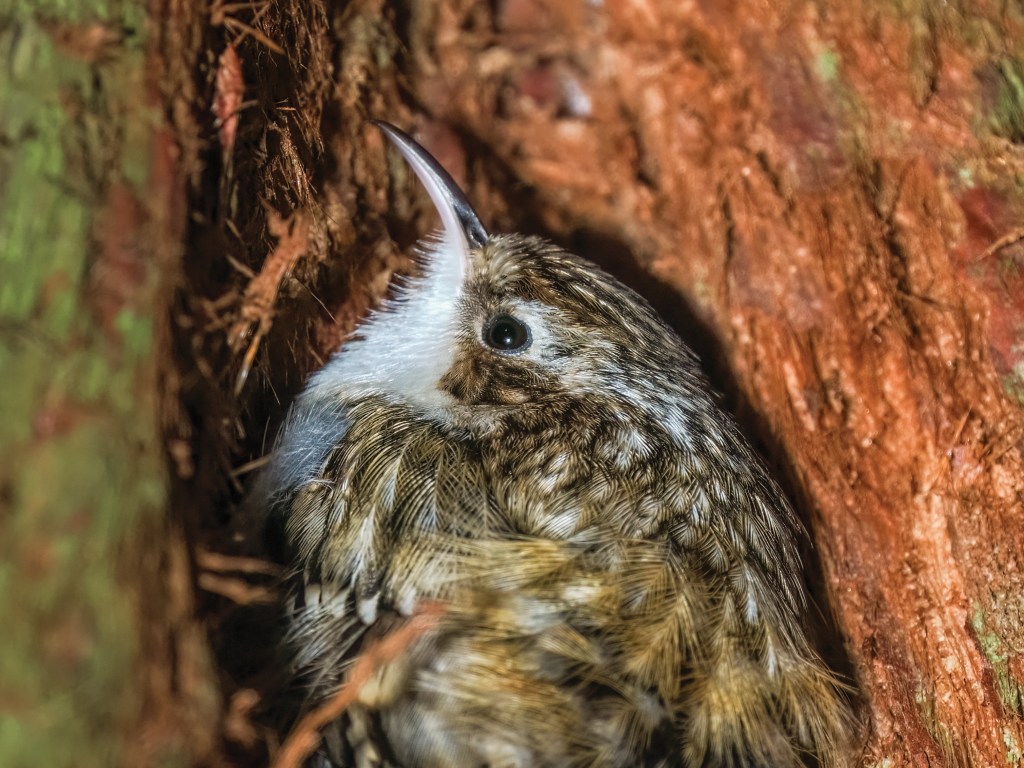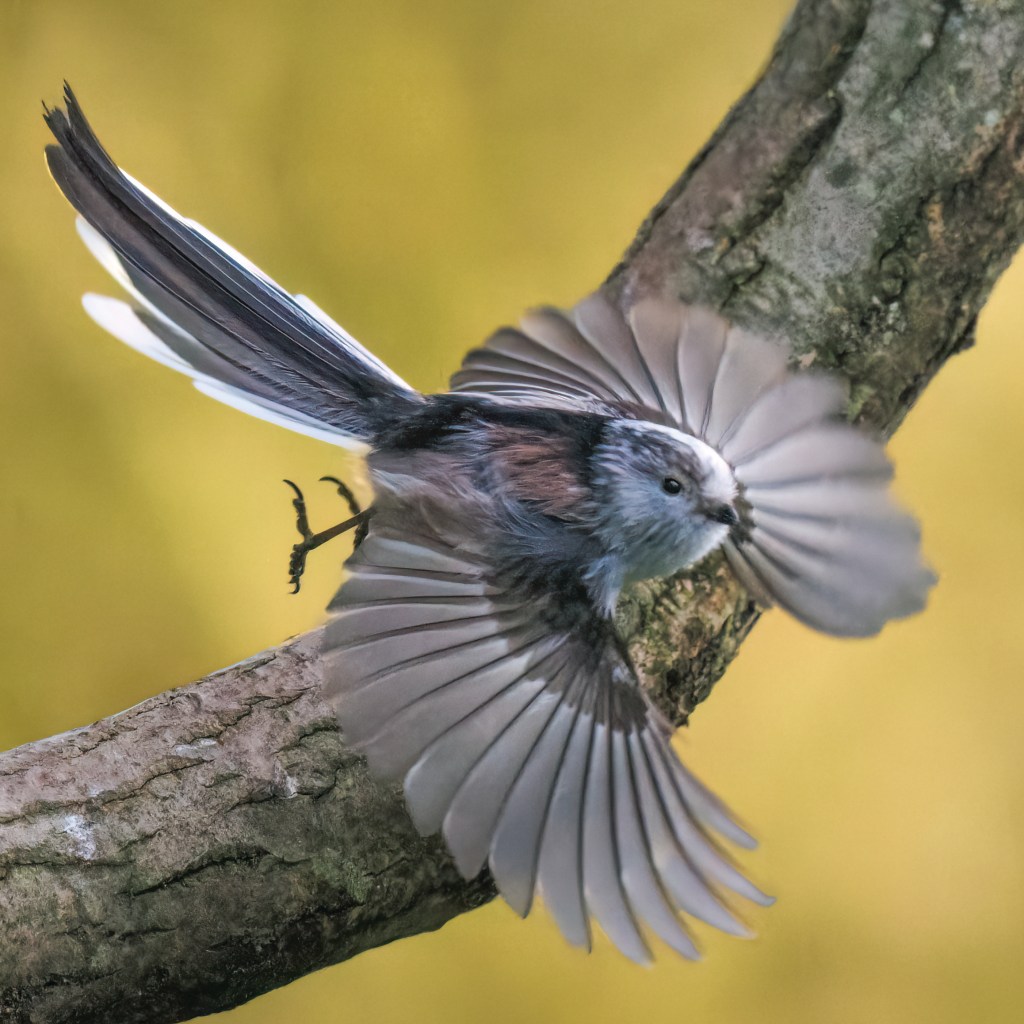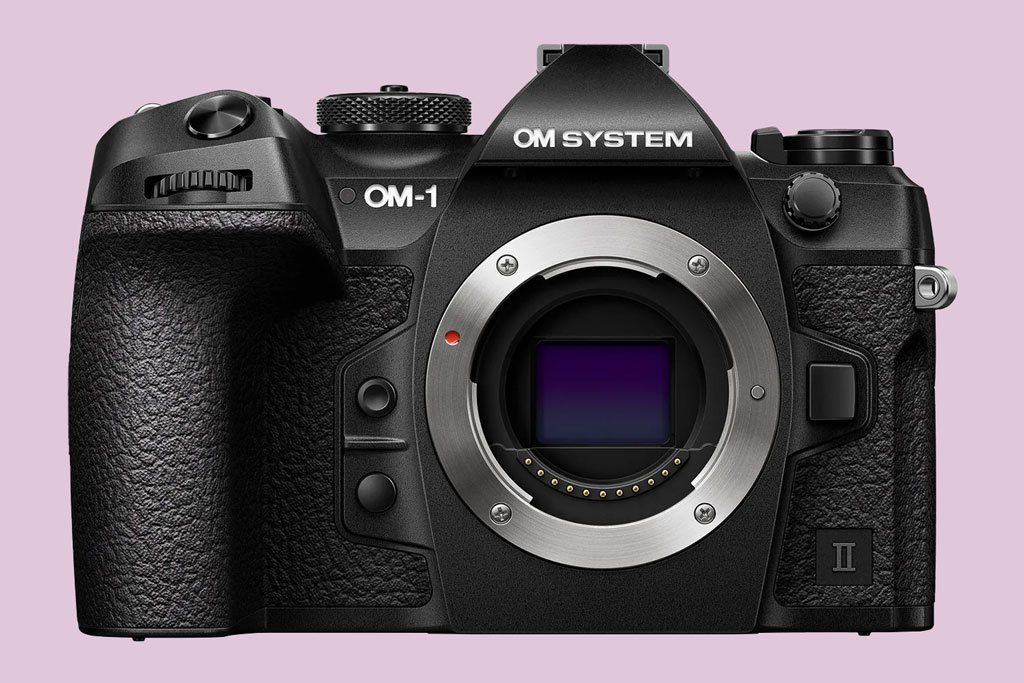Andrew Fusek Peters gives his first impressions on the new OM-1 Mark II and M.Zuiko 150-600mm IS lens for bird photography.
Advertising feature
Why you can trust Amateur Photographer
We spend many hours testing every product we recommend, in detail, in a variety of situations and shooting scenarios, and only use experts for our reviews, so you can be sure that you’re getting the best products. Find out more about our expert writers.
I have in my hands the new and very versatile 150-600mm F5-6.3 and the first upgrade since the OM-1 came out two years ago – the OM-1 Mark II. The lens weighs just over 2.2kg, only 150g more than the 150-400mm, but gives an equivalent reach of 1200mm. The zoom is of the push-pull type and the various buttons can control how smooth this action is along with a useful focus limiter. My concern is not specificaton but performance and for that I need the OM-1 Mark II.

There is significant physical difference from the OM-1. I have sometimes found the recessed dials quite hard to use, especially in cold weather with thin gloves. OM has responded to feedback and the dials are now rubberised. This might seem a small detail, but out in the field when I am adjusting shutter speed or exposure compensation, these ‘grippier’ dials make a huge difference.
However, it’s under the hood that really counts. I head out to a good spot for waxwings, and am happy to aim at the tops of the trees, where the first native 600mm lens for Micro Four Thirds gets me in close. What happens next is a revelation. The Bird AF sticks like superglue. The AF and AI algorithms have been put on steroids. When a waxwing flies into the frame, it is instantly picked up.
As the days go by, I am aware that this ‘modded’ OM-1 enables me to get shots I did not think possible. The buffer is over twice as large, which means I can keep shooting in Pro Capture bursts and not be slowed down. Garden birds are a doddle and the flighty long-tailed tit comes out sharp as a pin. The eye-detect element (with Human now added into subject detection) simply does what it says on the tin. There are other new features to explore, like a superb in-built ND grad filter, but for now my bird photography has gone to another level.

Finally, I am shooting at dawn through my kitchen window. When I underexpose, bird wings refract into rainbows. The OM-1 Mark II can easily find focus in near-darkness and every shot is sharp. If you have not yet jumped on the OM train, now is the time. For my wildlife work, and seeing the results after two months, I say – go for it!
As for the lens, which sits between the 100-400mm and 150-400mm in the OM System range, the reach is outstanding. In good light, it is sharp wide-open. Yet even in low light it is not an issue to pump up the ISO with the stacked sensor and it will be great for all sorts of shy and distant wildlife.

Prices:
- OM System OM-1 Mark II: £2,199 body only
- OM System M.Zuiko Digital ED 150-600 F5.0-6.3 IS: £2,499 lens
See more: explore.omsystem.com
Follow AP on Facebook, Twitter, Instagram, YouTube and TikTok.











